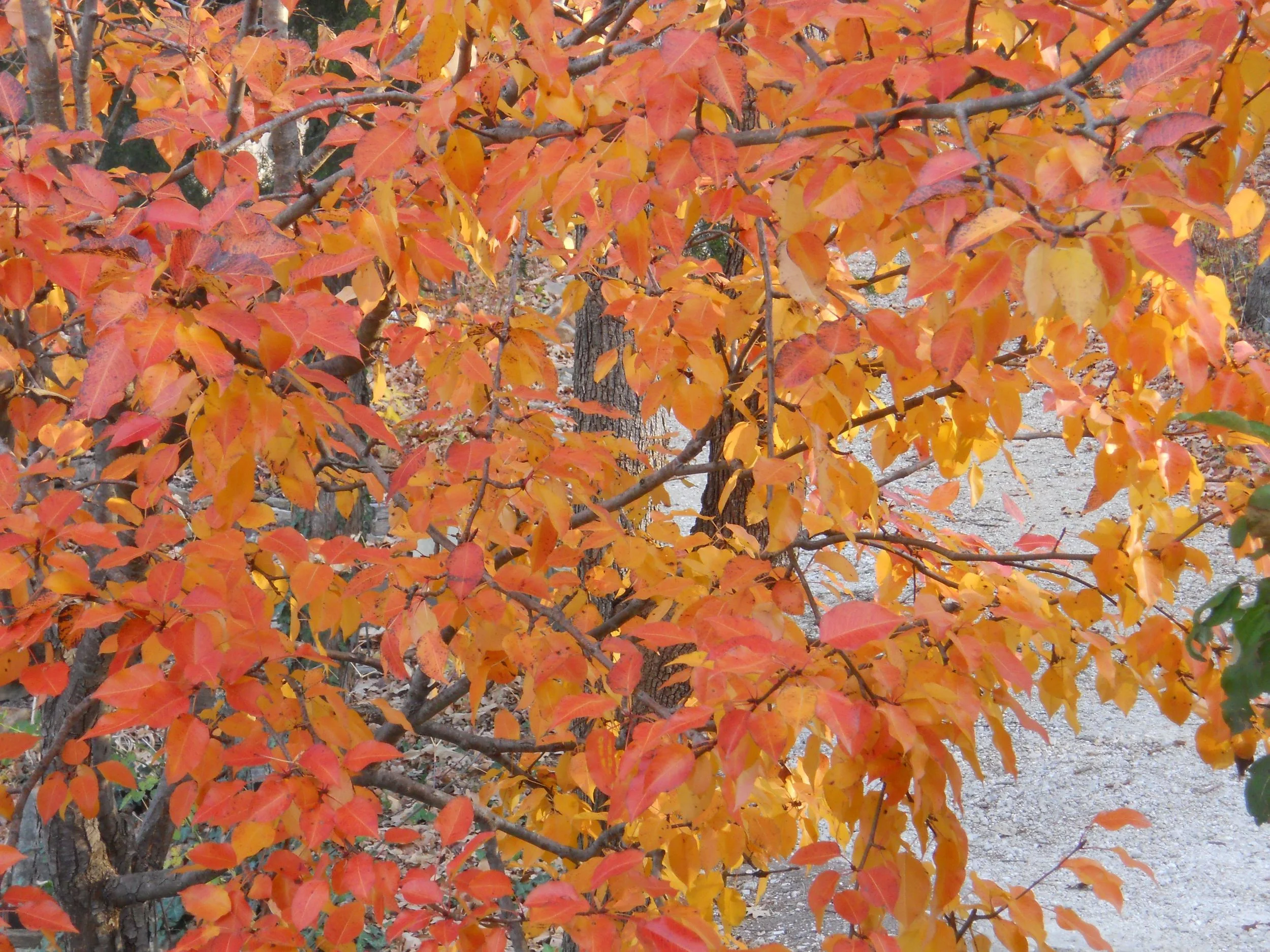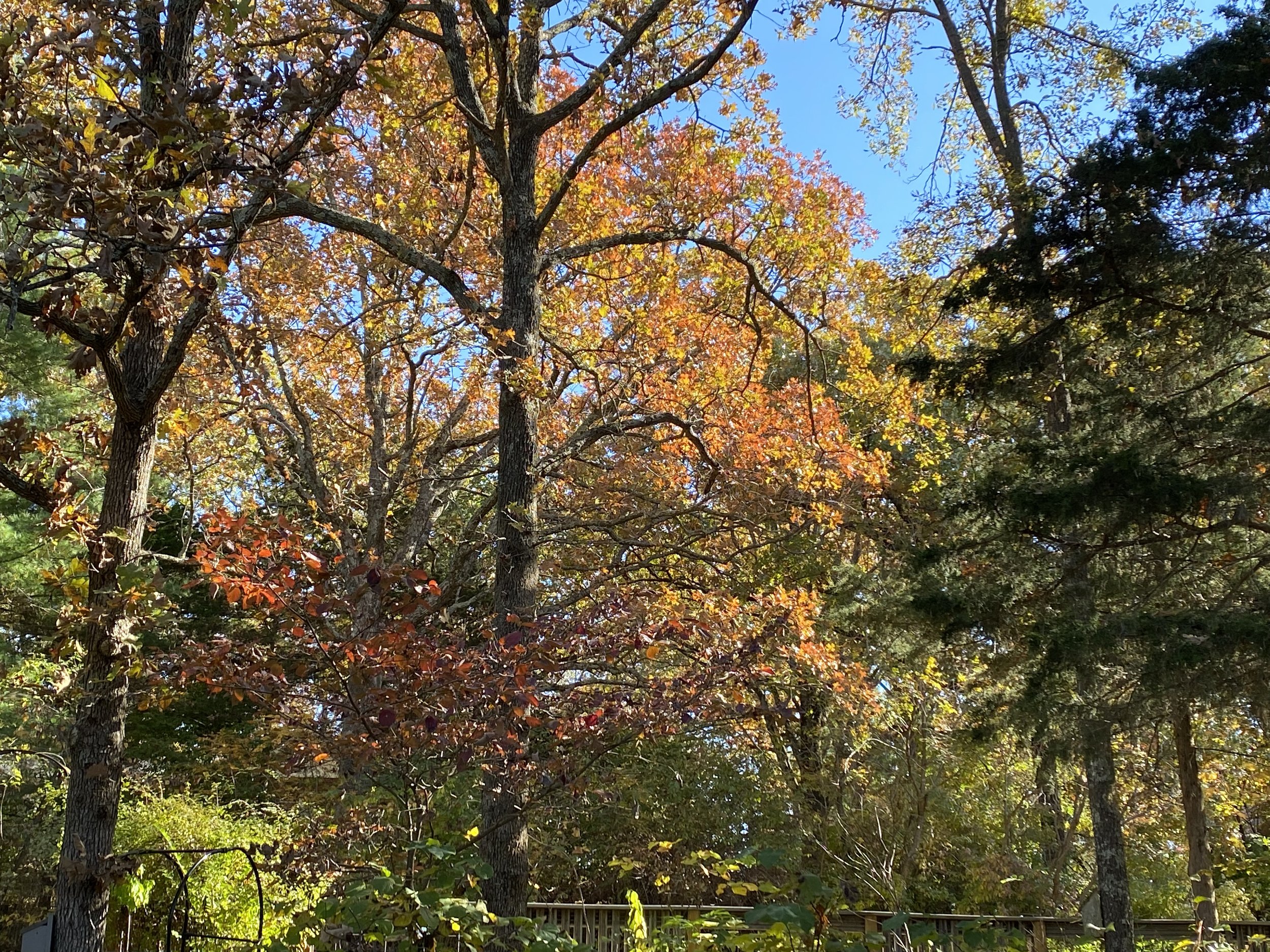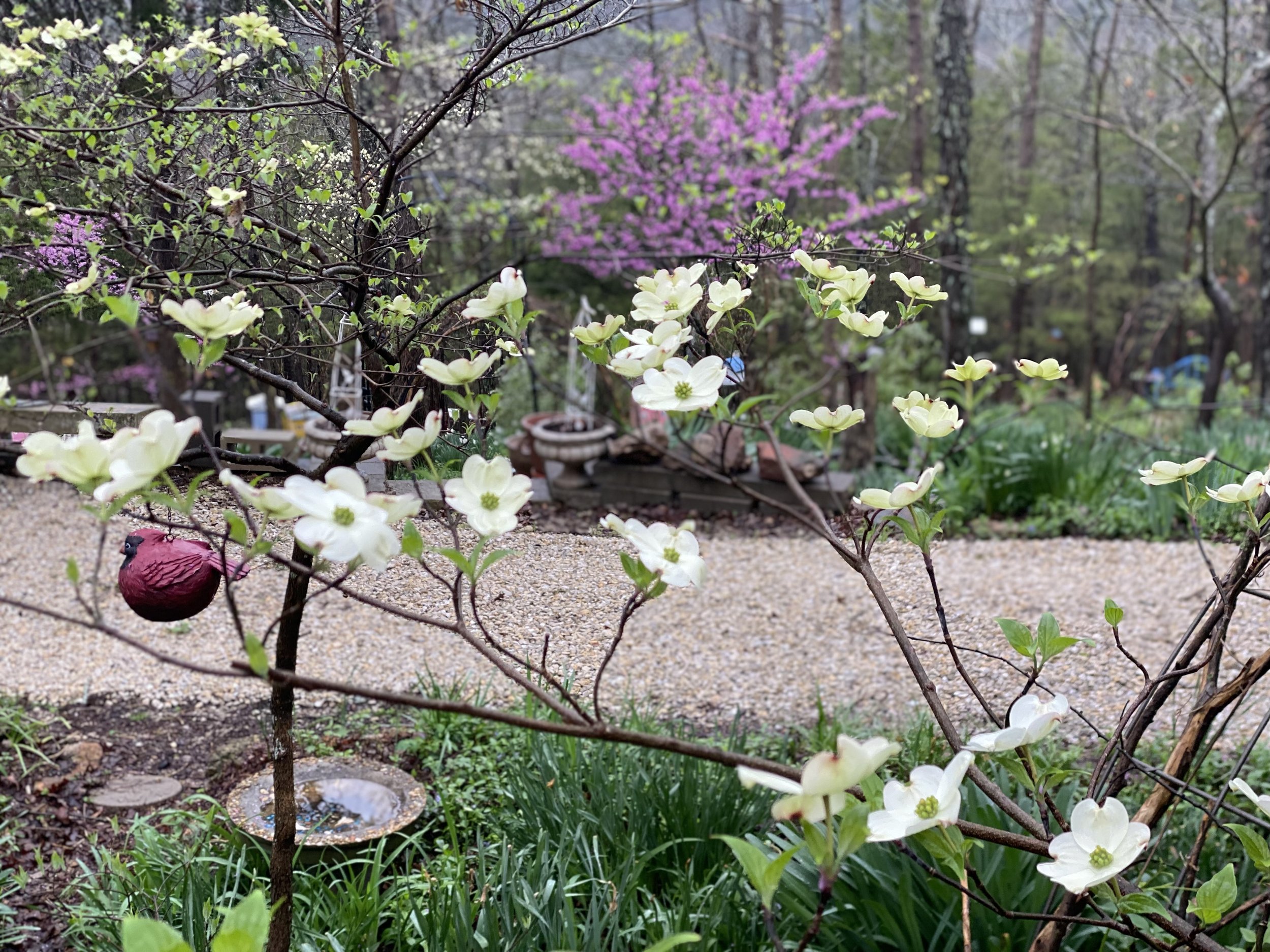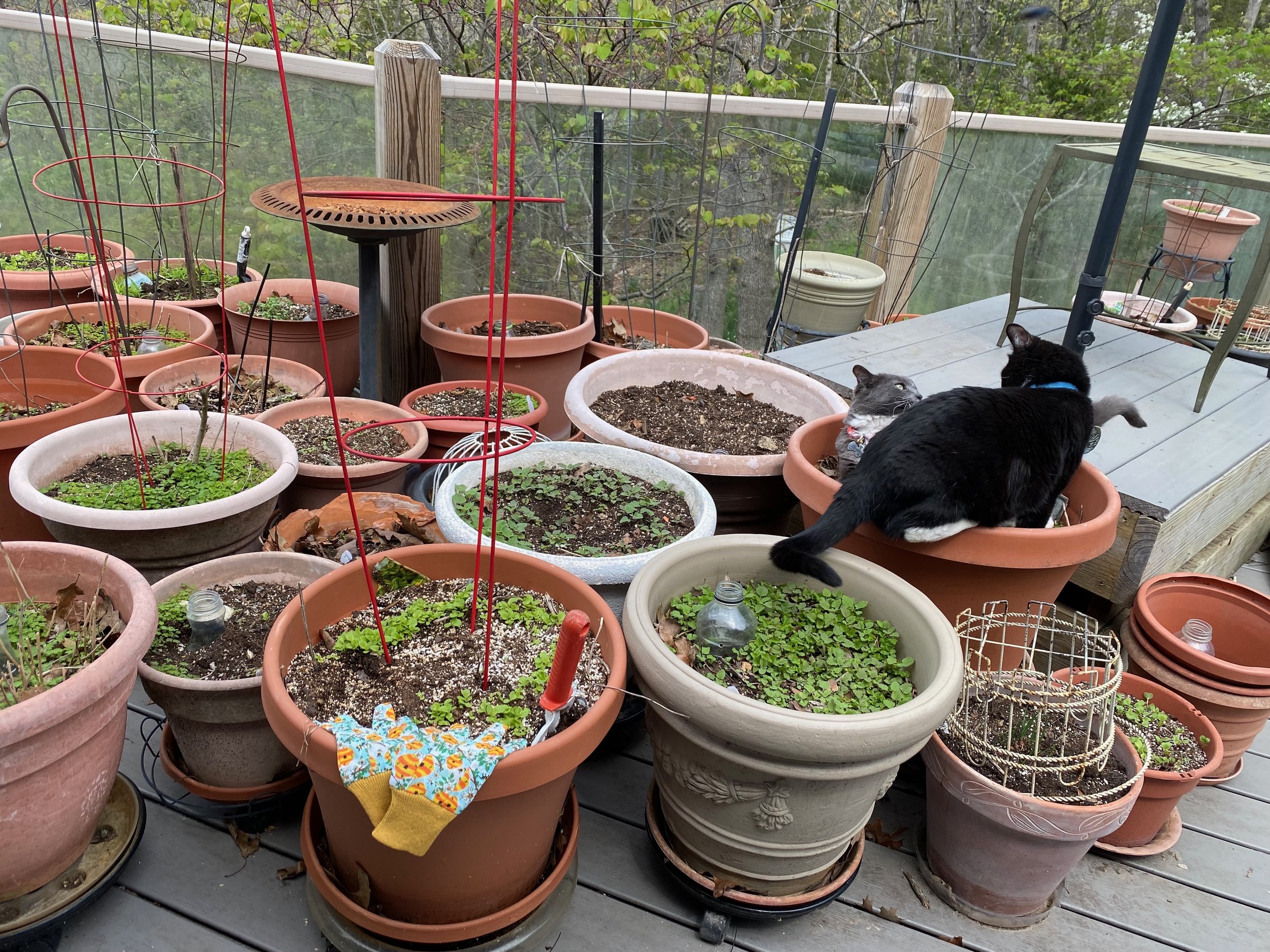Why Leaves Change Color
/
Why Leaves Change Color
Having grown up in South America on the Equator, where the “seasons” are rain or shine, I can still remember the delight of seeing my first fall in North America. We were visiting friends the Midwest. It was the peak of fall colors, the farm countryside covered in peachy sugar maples, red dogwoods, yellow hickories and orange brown oaks. Until we moved back years later, I thought trees in North America were different colors all year around.
Tree leaves, such as these red dogwood tree leaves, do have different colors. We just don’t see them until a change in light and temperature triggers the decline of green chlorophyll to let colors shine through.
Why Leaves Change Color
Leaves are fascinating solar-powered factories that produce most of the food trees need. Leaves contain chlorophyll, which absorbs sunlight and turns carbon dioxide and water into carbohydrates, such as sugars and starch.
Hidden in those leaves are yellow to orange pigments, which also give carrots and pumpkins their color.
In fall, changes in daylight and temperature signal trees to stop producing food. Chlorophyll breaks down, the green color disappears, and the yellow to orange colors become visible.
In fall, trees in my garden turn a variety of colors. (Photo by Charlotte Ekker Wiggins)
How Leaves Turn
As leaves undergo other chemical changes, additional colors appear, such as red anthocyanin pigments. Those pigments give leaves their reddish to purplish colors, while sugar maples show peach and orange. All these colors are due to the mixing of varying amounts of chlorophyll residue and other leaf pigments.
Temperature, light, and water supply have an influence on the degree and duration of fall color. Low temperatures above freezing will favor trees producing anthocyanin. Early frost will weaken the brilliant red color. Rainy and overcast days sometimes increase fall color intensity.
Rainy days can also mark the immediate end of fall colors when wind blows leaves off.












